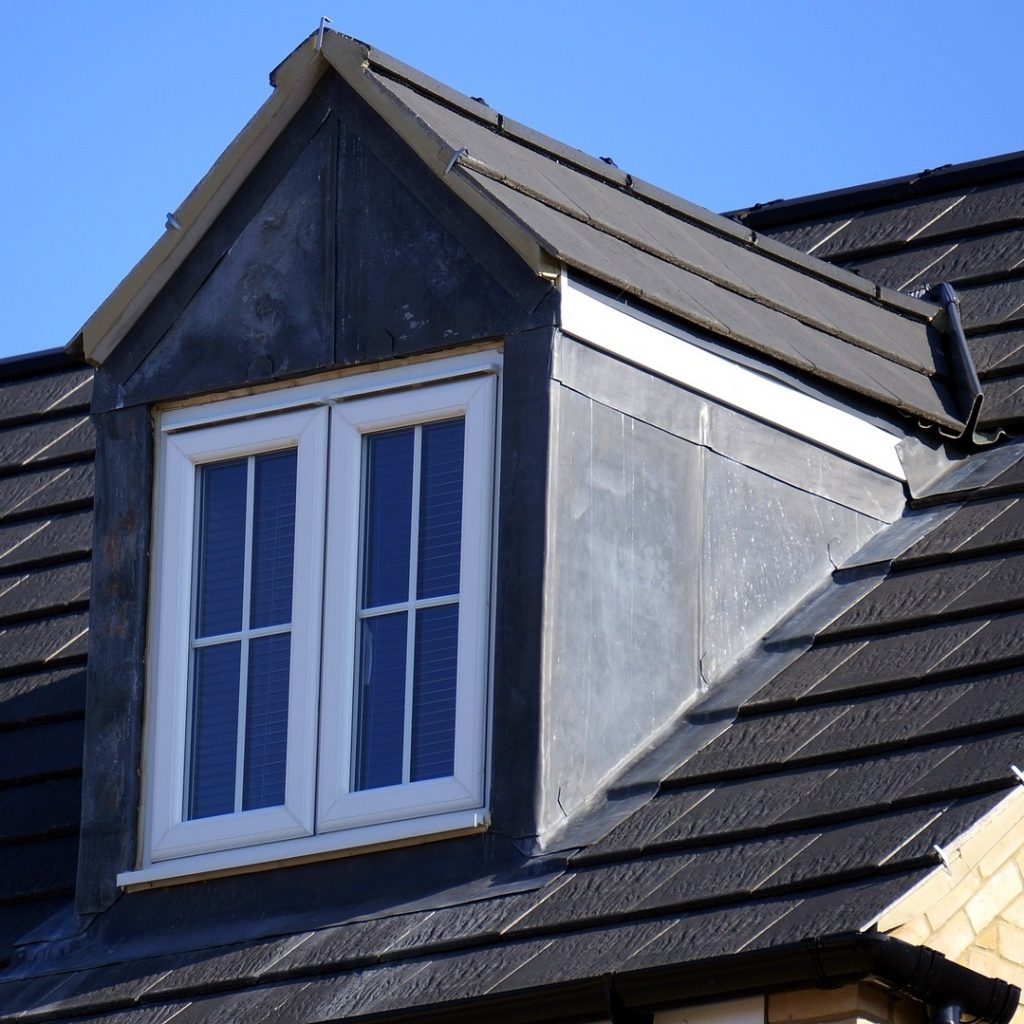
Six Do-It-Yourself Steps to Waterproof Your Roof
Your roof is one of the most important things that protect your home from the elements. Therefore, it is only natural that you should always do your best to keep it in good shape and ensure it will serve you well for a long time.
However, some areas get more rain than others. And roofs that are not waterproof are susceptible to frequent and heavy rainfalls. Age and harsh weather can cause leaks, damaging your house’s walls and ceiling or even leading to structural issues
Shortly speaking, excessive water can quickly wreck your roof and then ruin your home, leaving you with no other choice but to start expensive renovations.
You can avoid all these issues by putting more effort into properly maintaining your roof. Here’s how you can waterproof it and ensure greater safety for your family.
Clean the Debris
Cleaning the debris from the roof is one of the first things you should do when trying to waterproof your roof. It includes getting rid of all the dead leaves, branches, and twigs that may have accumulated on the rooftop since the last time you cleaned it.
Getting rid of the debris is crucial because rain can cause it to dam up the gutters. This way, rainwater will have a way to escape instead of backing up, essentially soaking your roof.
Removing dead leaves and twigs is critical, regardless of the climate you live in, as even a little rain can do lots of damage when they’re just left on the top of the roof to rot.
Inspect Your Roof Windows
Windows can pose a big problem for your roof. If they are damaged or not installed properly, they can allow water to leak through the ceiling and flood the house, particularly the part where they are located. It can be a significant issue, regardless if you have roof windows top hung or some other type of windows.
The best thing you can do is to inspect your roof windows regularly. If you notice small openings in the form of holes, seams, and cracks, it might be the right time to replace them.

If you don’t want to replace your roof windows just yet, the first step is to cover all openings with caulking or silicone sealant. This way, you will prevent water from coming in and heat from escaping.
Make sure that you properly seal the frames of your windows. You can also waterproof your windows by covering them with high-quality plastic sheets to keep water out.
Trim the Trees
After cleaning the debris and inspecting your roof windows, you should trim the trees growing near your house. It will ensure they don’t get too close to your roof, which may lead to major damage to the shingles. You will also need to remove branches overhanging your roof, as they can easily break off during a storm.
Trimming the trees is extremely important if you live in a region with lots of rain. Still, the task may be problematic if you have a lot of massive trees surrounding your houses. If you are inexperienced with cutting down trees, you should first ask for professional help or at least make sure to work with professional tools and keep yourself safe from falling off the roof.
Install New Gutters
Installing new gutters is another simple but effective way to waterproof your roof. If you add new gutter guards while you’re at it, you should be able to significantly reduce the amount of debris that gets stuck in your gutters while preventing leaves and dirt from getting down your walls or clogging up your pipes.
With a high enough ladder and safety precautions, installing gutters shouldn’t be much of a problem. Just make sure to work slowly, and don’t hesitate to ask a friend or family member for help if you need it.
Going through with this task can save you a considerable amount of money down the line since, later on, you won’t need to hire a contractor to repair damage caused by old and damaged gutters.
Replace Damaged Shingles
If you notice any missing, curling, or damaged shingles on your roof, you should have them replaced as soon as possible. Even a single shingle that’s out of place can let a lot of water underneath, which will then seep in wherever possible and slowly but surely start causing further damage.
Moisture can also enter your home through such an opening. Once you notice mould, you may have no choice but to pay a hefty amount for professional mould removal and remediation. Furthermore, shingles that aren’t adequately secured into place and hang loosely can be pulled off your roof by strong winds and act as deadly missiles.
Add an Extra Layer of Protection
Even though your roof should already come with a material such as tar paper, roofing felt, or thermoplastic polyolefin installed in between the shingles and the roof rafter, it may be a good idea to give it an extra layer of protection. You can easily get a bucket of waterproofing liquid at your local home improvement store and apply it with a paint roller.
Of course, this step will require you to climb on the roof, so make sure you won’t fall by wearing a harness. You could also protect your head with a safety helmet. While working up there, go ahead and use the opportunity to cover any visible seams with dedicated seam tape, which will work particularly well on concrete roofing. Doing this will help prevent water from seeping into tiny cracks and make your roof even more waterproof.
In Conclusion
If you’re a homeowner, you probably know how important it is to ensure that your roof is in good condition. A damaged roof is not only unsightly but can also be very dangerous.
Fortunately, waterproofing your roof is not a challenging task. Anyone can do it, provided they have enough free time, the right equipment, and some DIY skills.
If you want to avoid spending money on expensive renovations, you should always keep an eye on your roof and repair any issues that may arise. Keep it clean, trim the trees around it, add new gutters, inspect your roof windows, replace damaged shingles as soon as you notice them, and consider adding an extra waterproof layer using a dedicated product.
Latest news

17th April 2025
Nuaire shares expertise at Specifi Mechanical Services events in 2025
Indoor air quality and ventilation manufacturing specialist Nuaire is pleased to be exhibiting at the Specifi Mechanical Services events once again in 2025.
Posted in Air Conditioning, Articles, Building Industry Events, Building Industry News, Building Products & Structures, Building Services, Exhibitions and Conferences, Facility Management & Building Services, Heating, Ventilation and Air Conditioning - HVAC, Restoration & Refurbishment, Retrofit & Renovation
15th April 2025
West Fraser: CaberDek earns top marks from Home Counties carpentry specialist
A specialist carpentry sub-contractor covering housing sites across a large swathe of the Home Counties has come to value CaberDek from the West Fraser range for a variety of reasons: not least because the high quality panel product doesn’t destroy his operatives’ electric saws!
Posted in Articles, Building Industry News, Building Products & Structures, Building Systems, Case Studies, Restoration & Refurbishment, Retrofit & Renovation, Roofs, Timber Buildings and Timber Products, Wooden products
15th April 2025
GEZE: The Role of Access Control Systems in Enhancing Building Safety
Jane Elvins, Specification and Business Development Manager at GEZE UK, delves into the role of access control systems in enhancing building safety…
Posted in Access Control & Door Entry Systems, Architectural Ironmongery, Articles, Building Industry News, Building Products & Structures, Building Services, Doors, Facility Management & Building Services, Health & Safety, Restoration & Refurbishment, Retrofit & Renovation, Security and Fire Protection
11th April 2025
Don’t Do a Dave! It’s Time to Lock FIT Show 2025 in Your Calendar!
It’s that time again – FIT Show is back! You could be forgiven for thinking there won’t be much new to see when FIT Show returns to the NEC from 29 April – 1 May. Wrong!
Posted in Articles, Building Industry Events, Building Industry News, Building Products & Structures, Building Services, Continuing Professional Development (CPD's), Exhibitions and Conferences, Information Technology, Innovations & New Products, Restoration & Refurbishment, Retrofit & Renovation, Seminars, Training
 Sign up:
Sign up: